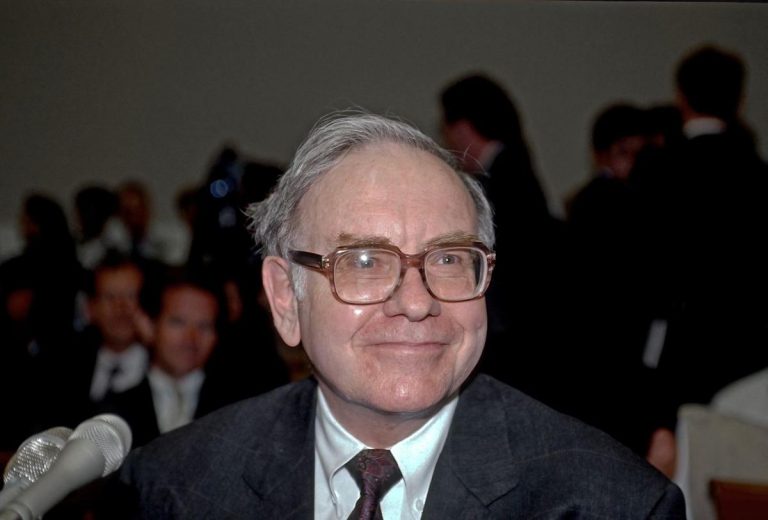According to Rajkumar Subramanian, Head – Product & Family Office at PL Wealth, the benchmark 10-year G-Sec yield has stayed range-bound between 6.25% and 6.45% from April to July, reflecting muted monetary transmission.
He attributes this rigidity largely to external pressures, particularly elevated U.S. Treasury yields driven by fiscal concerns and the Federal Reserve’s ongoing balance sheet tightening.
These global headwinds, he notes, are outweighing domestic policy easing, forcing investors to reassess duration risk and shift toward safer, shorter-term instruments. Edited Excerpts –
Q) How would you describe the current size and depth of the corporate bond market in India?
A) India’s corporate bond market has evolved into a substantial segment of the broader financial ecosystem, with outstanding issuances valued at over ₹53.6 lakh crore, representing nearly a quarter of the country’s total bond market as per RBI’s June 2025 data.
While this reflects impressive growth in absolute terms, the market’s depth remains limited. Institutional investors—mutual funds, insurance companies, banks, and pension funds—dominate with over 95% of holdings.
Retail participation is minimal, constrained by historical barriers such as high minimum investment thresholds and restricted access to transparent pricing. Despite a robust primary issuance environment, the secondary market remains thin, with average monthly turnover hovering below 4% of outstanding volumes.
Over-the-counter trades continue to dominate, limiting liquidity and price discovery. While structural foundations are in place, enhanced transparency, broader investor inclusion, and deeper secondary activity are essential to transform the market into a more vibrant and inclusive capital-raising avenue.
Q) What factors are driving the record-breaking surge in corporate bond issuances in 2025?
A) Several converging factors have propelled corporate bond issuance in 2025 to unprecedented levels, with total fund-raising nearing ₹10 trillion.This marks a significant shift in corporate funding dynamics. Lower interest rates—following 100 basis points of cumulative rate cuts by the RBI—created an attractive window for issuers to tap long-term capital at competitive costs.
At the same time, narrowing spreads and abundant liquidity in the system further incentivized bond market access. Corporates have also displayed strong intent to finance capex and refinance high-cost legacy debt.
Non-financial corporate capital expenditure has seen double-digit growth, underpinned by rising business confidence and stronger balance sheets. Issuers increasingly favour private placements, which offer streamlined execution.
Notably, shorter-duration issuances (
Together, these factors signal a more mature borrowing environment—where strategic capital planning, investor appetite, and regulatory headroom are converging in favour of bond financing.
Q) How is the U.S. debt situation influencing global bond markets?
A) The growing fiscal strain in the U.S.—driven by rising deficits and mounting concerns over debt sustainability—is increasingly influencing global bond markets.
Recent Federal Reserve minutes highlight a cautious policy stance, with rates held steady and balance sheet normalization continuing through quantitative tightening.
This has kept long-end U.S. Treasury yields elevated, setting a higher benchmark for global sovereign and corporate yields. The steepening yield curve and elevated term premiums are prompting global investors to reassess duration risk and tighten allocations, particularly in emerging markets.
In India, despite a cumulative 100 basis points of policy rate cuts by the RBI between February and June 2025, the benchmark 10-year G-Sec yield has remained range-bound at 6.25%–6.45% from April through July—signalling muted monetary transmission.
This divergence underscores the influence of external headwinds, including sustained U.S. rate pressures, geopolitical uncertainties, and risk-averse investor sentiment, which are outweighing the impact of domestic policy easing.
As confidence in fiscal prudence erodes, investors are increasingly reallocating towards gold, shorter-duration debt, and high-grade corporate instruments.
In effect, the U.S. fiscal trajectory is no longer a local issue—it is reshaping global capital flows and repricing risk across markets.
Q) Why has the issuance of ultra-long-term U.S. Treasuries slowed down recently?
A) The reduction in ultra-long-term U.S. Treasury issuance is driven by a complex interplay of market sentiment, fiscal optics, and evolving policy priorities. Investor appetite for long-duration paper has waned amidst persistently high term premiums and volatile demand at recent auctions.
As yields on 30-year Treasuries edge closer to 5%, the risk-reward dynamic has become less favourable — particularly in a climate of uncertain inflation trajectory and geopolitical tensions. Fed communications have also reflected concerns around the balance sheet runoff’s impact on market liquidity.
Although the central bank continues to unwind its holdings, reinvestment preferences now lean toward shorter maturities, indirectly weighing on the long-end segment.
In parallel, the U.S. Treasury appears to be recalibrating its issuance strategy—emphasizing short- and medium-tenor securities to manage rollover risks, reduce interest costs, and retain flexibility amid fiscal headwinds.
Until demand normalizes and policy direction stabilizes, ultra-long bond issuance is likely to remain subdued.
Q) What reforms could help deepen India’s corporate bond market further?
A) To unlock the full potential of India’s corporate bond market, a combination of regulatory, structural, and operational reforms is essential.
First, broadening participation through lower issuance thresholds and flexible investment norms—especially for pension and insurance funds—can catalyse demand and supply. CRISIL estimates such measures could enable ₹4–7 lakh crore in additional issuance capacity.
Second, aligning the tax treatment of debt mutual funds with other asset classes—by restoring indexation benefits and revisiting long-term capital gains taxation—can improve their competitiveness and encourage greater retail and institutional participation in the bond market.
Third, recent initiatives like SEBI’s “Bond Central” platform are encouraging steps toward improving transparency, standardizing disclosures, and lowering the investment minimums to ₹10,000. This could meaningfully widen the retail investor base. Deepening the secondary market is equally critical. Encouraging market-making, credit default swap usage by funds, and establishing robust buyback frameworks will help address liquidity constraints.
Finally, supporting securitization, especially for stressed assets, can develop a diversified risk-return spectrum within the fixed-income space. These reforms, implemented in tandem, can transform the current institutional-heavy landscape into a more inclusive, liquid, and dynamic market.
(Disclaimer: Recommendations, suggestions, views, and opinions given by experts are their own. These do not represent the views of the Economic Times)








